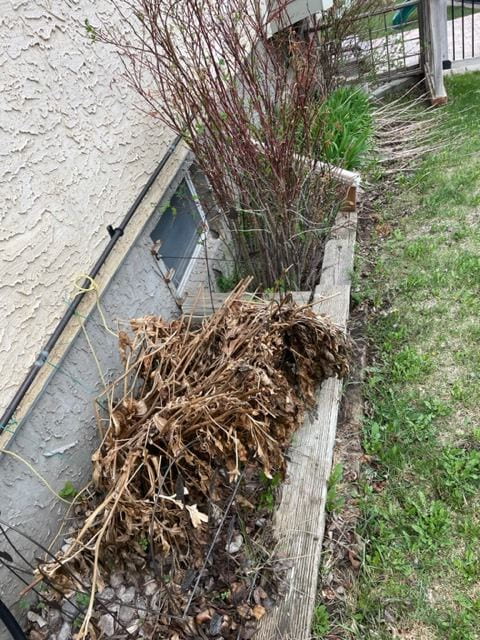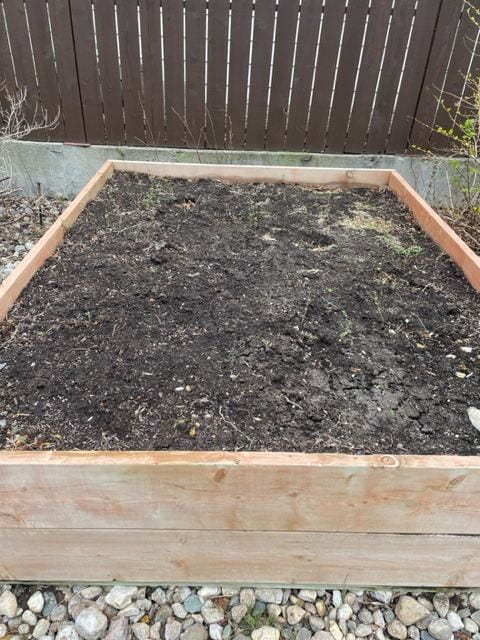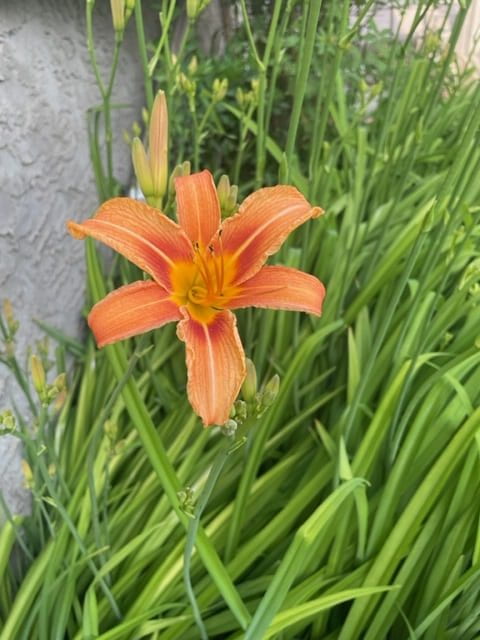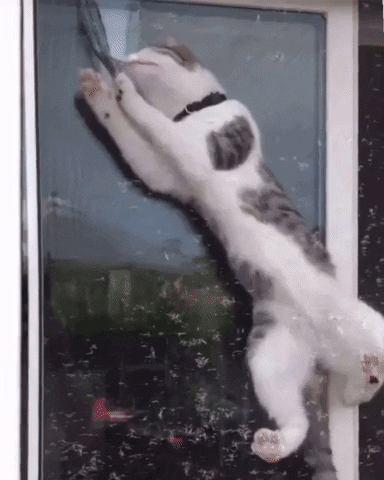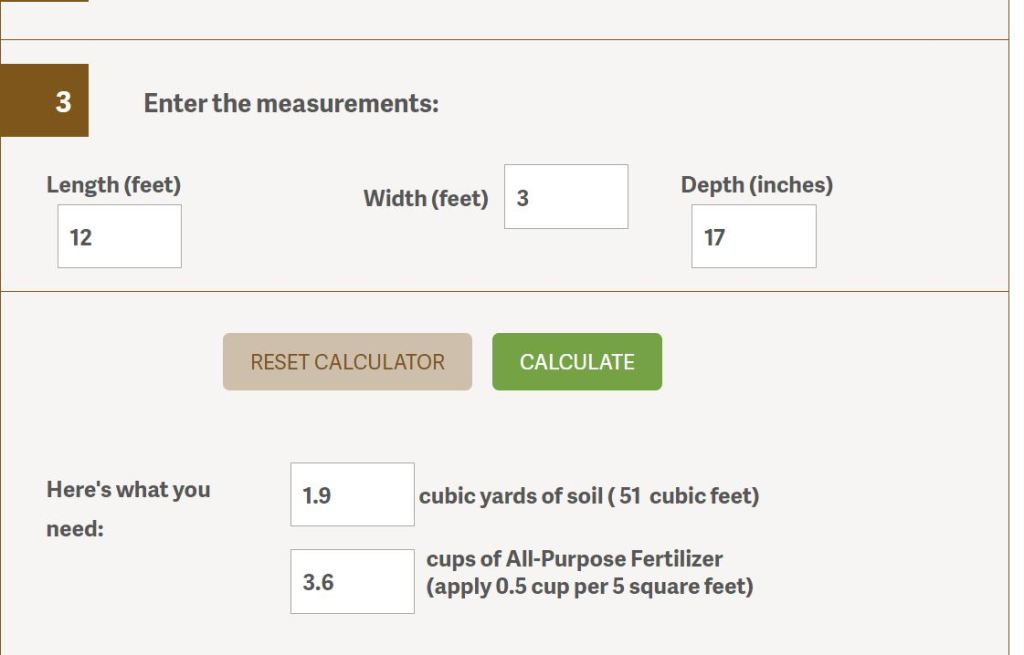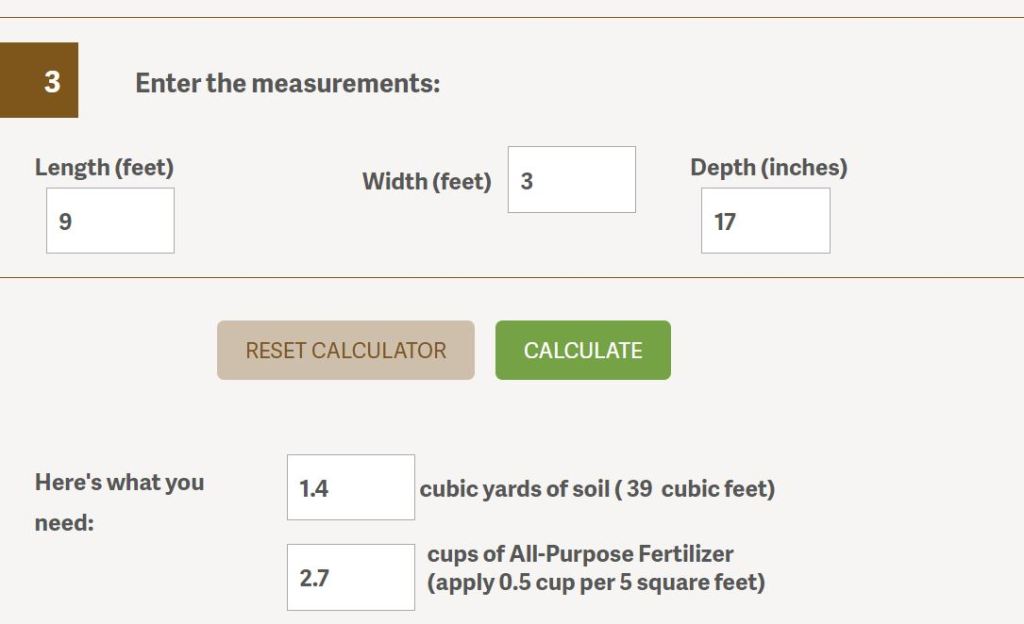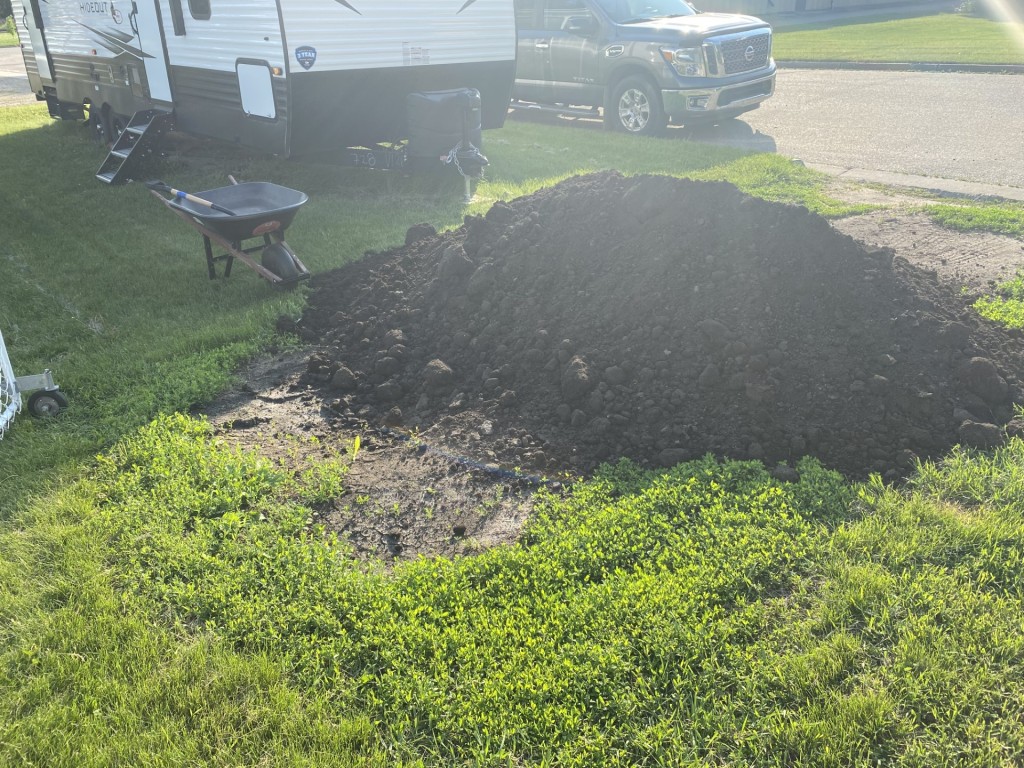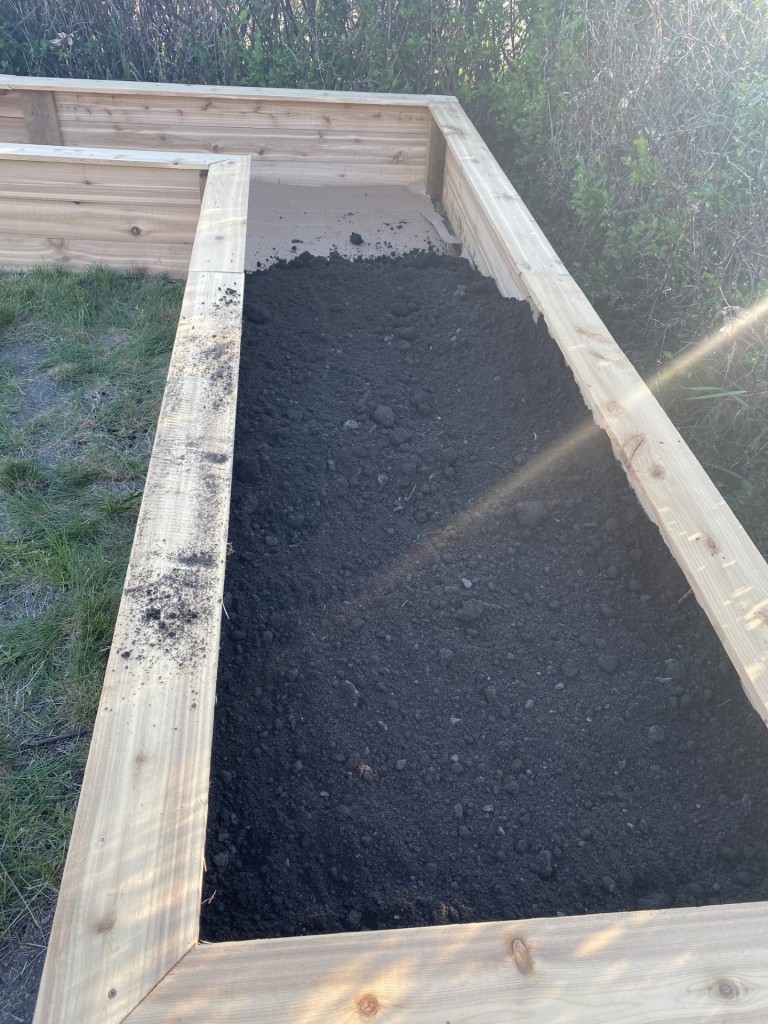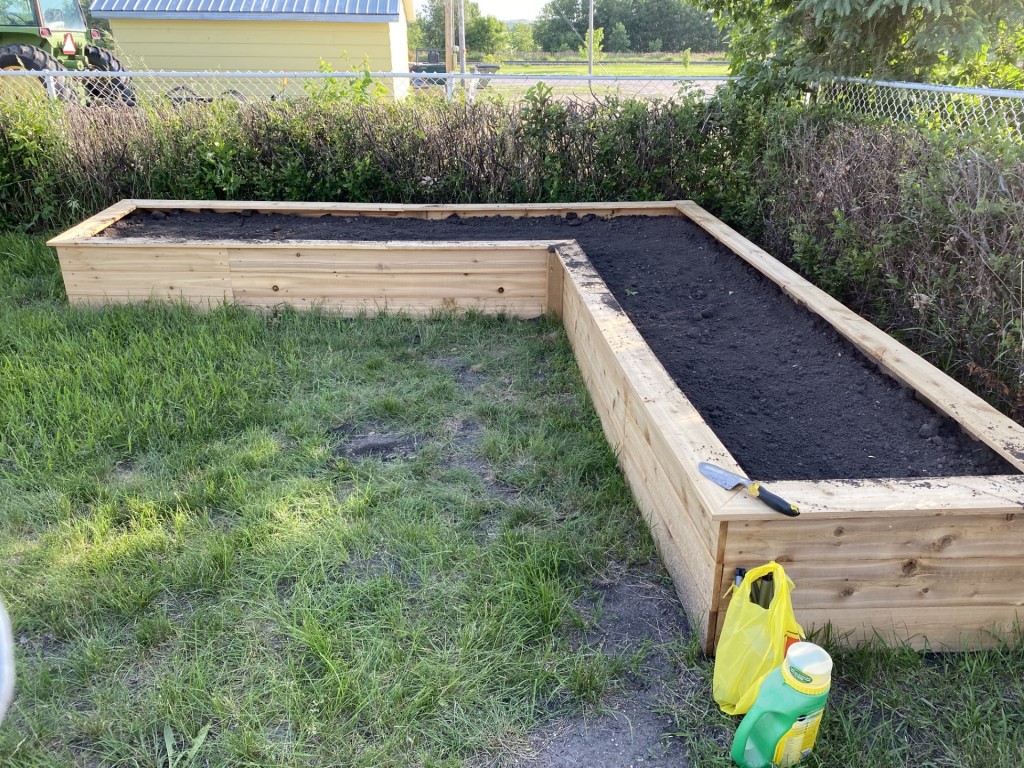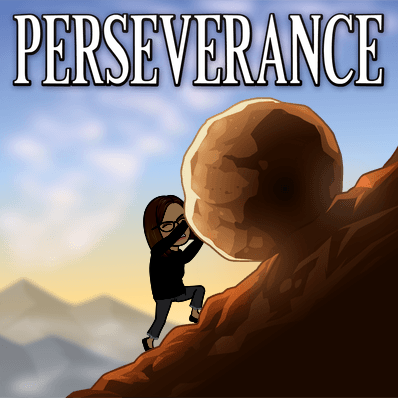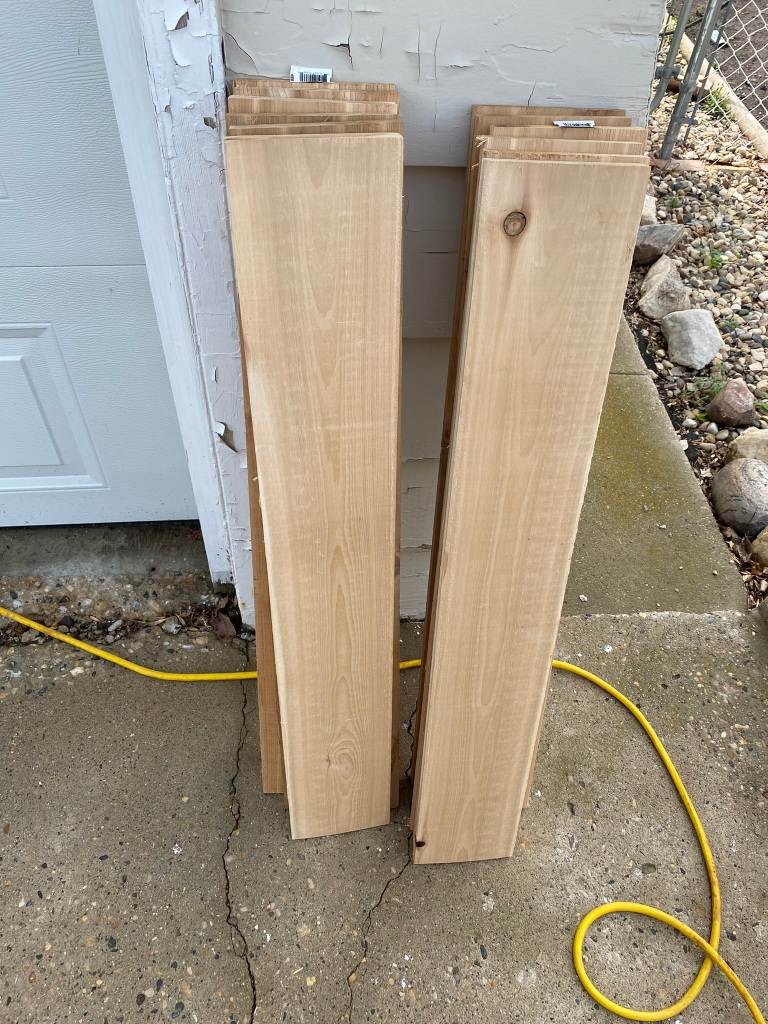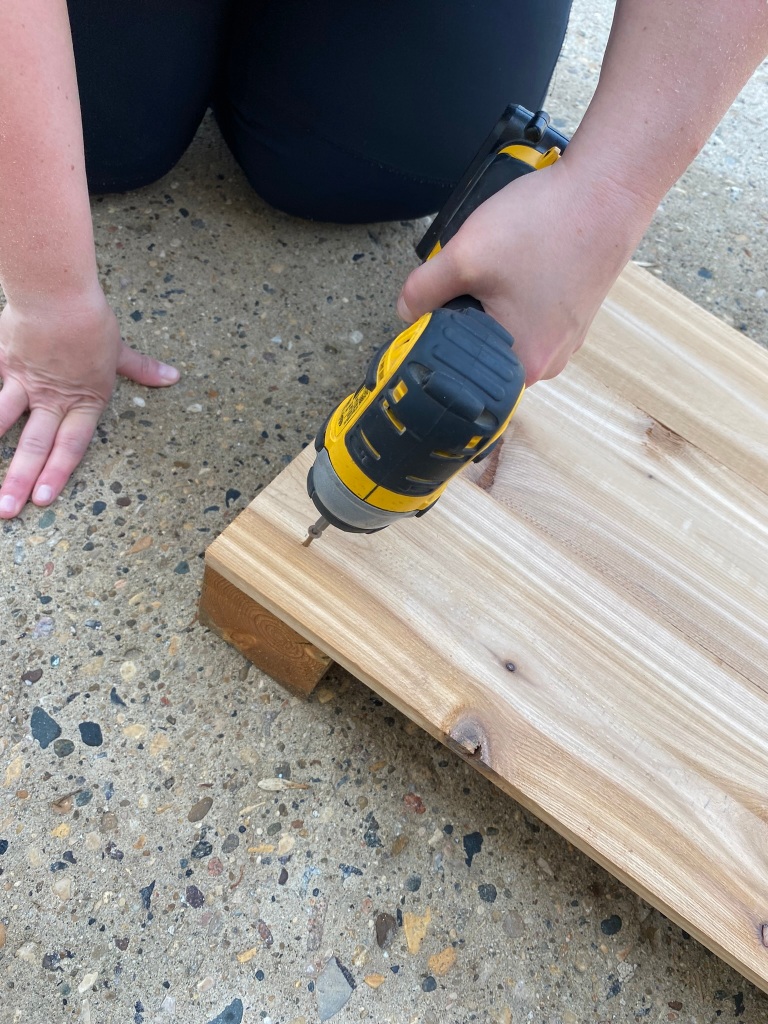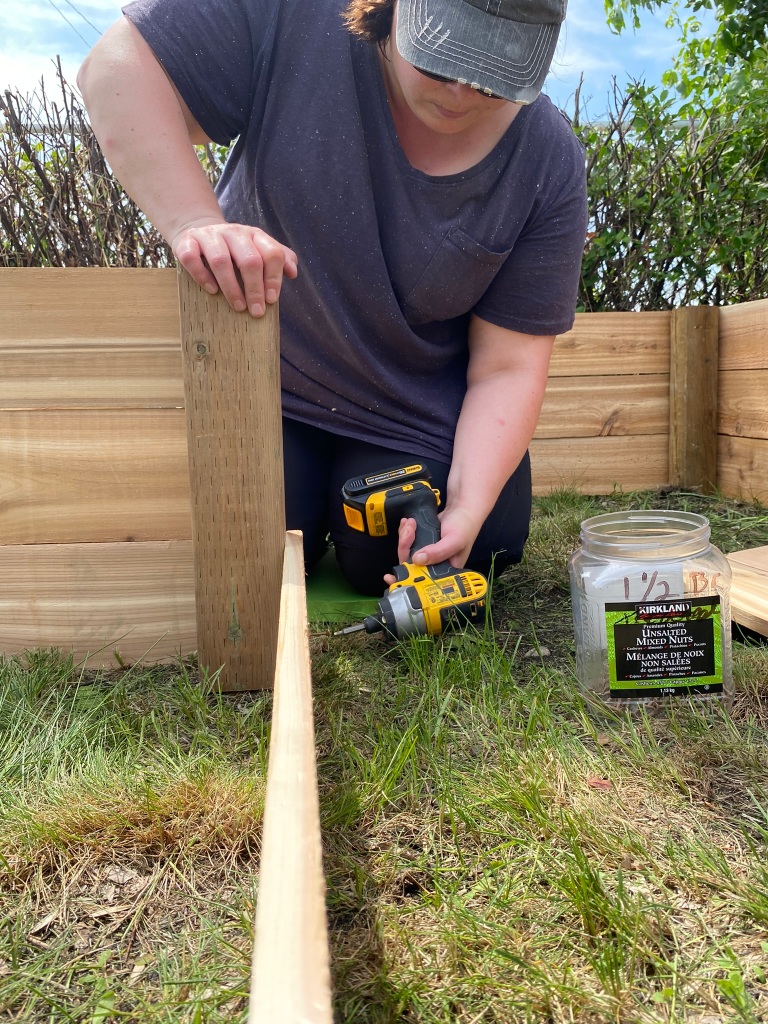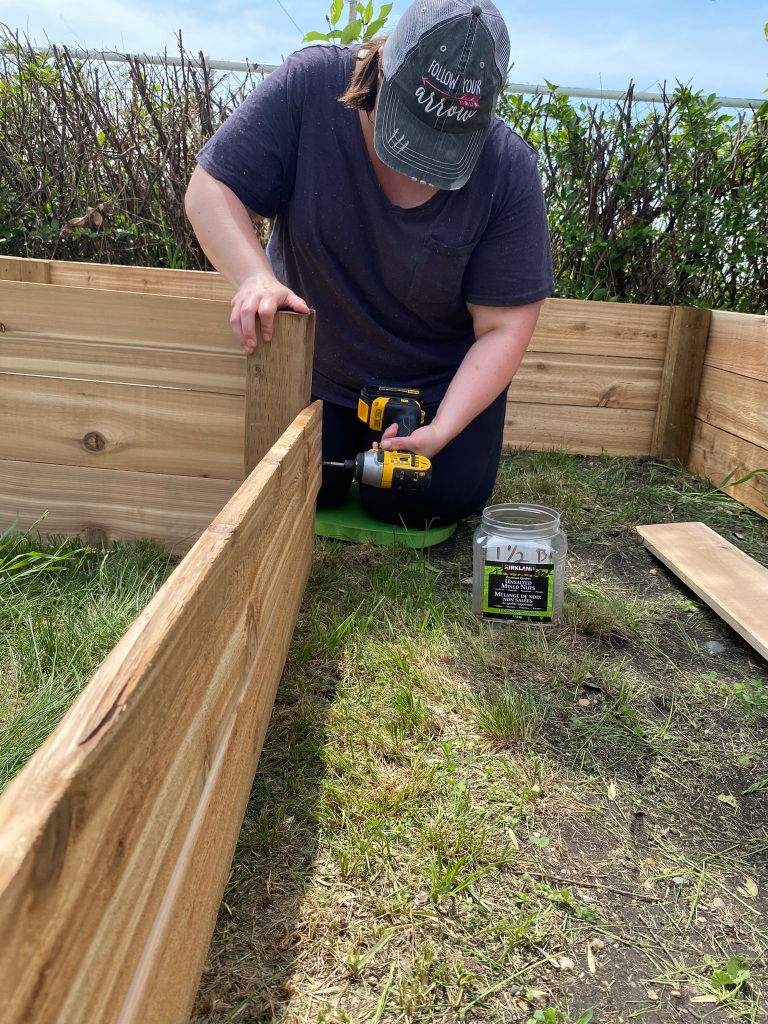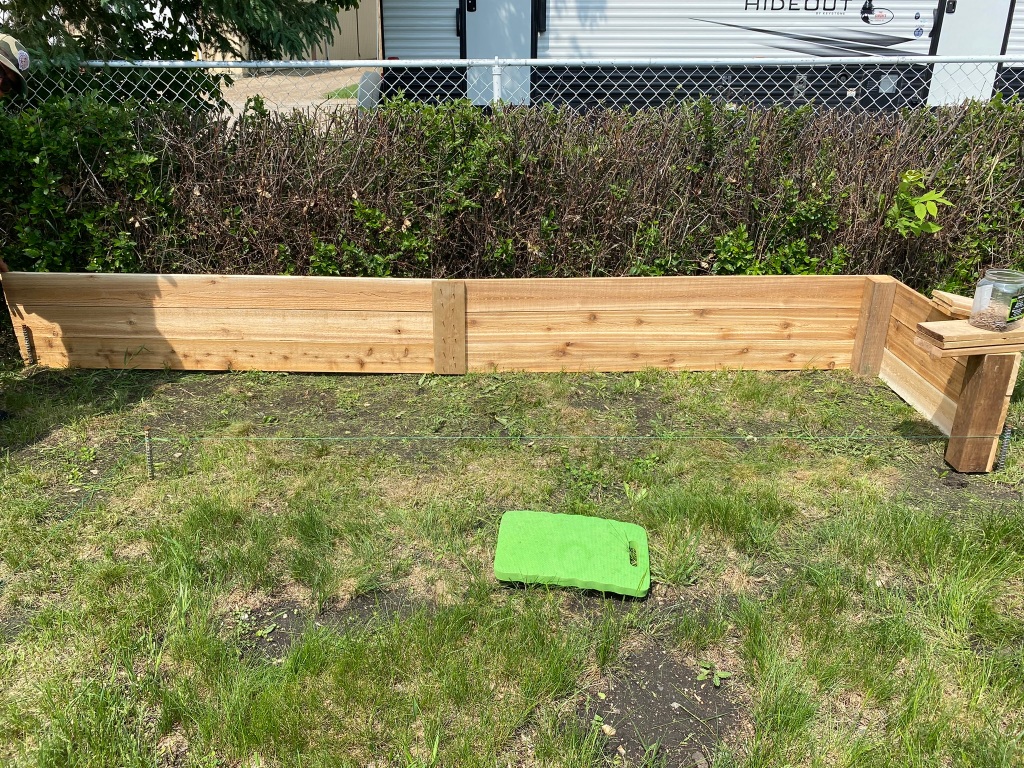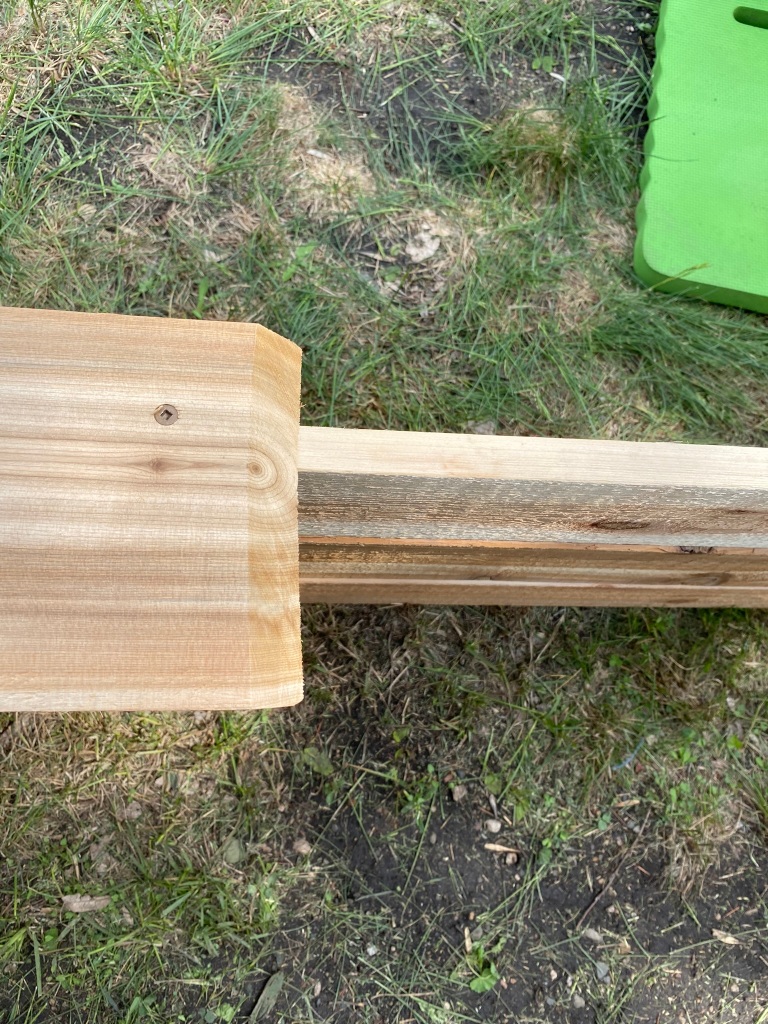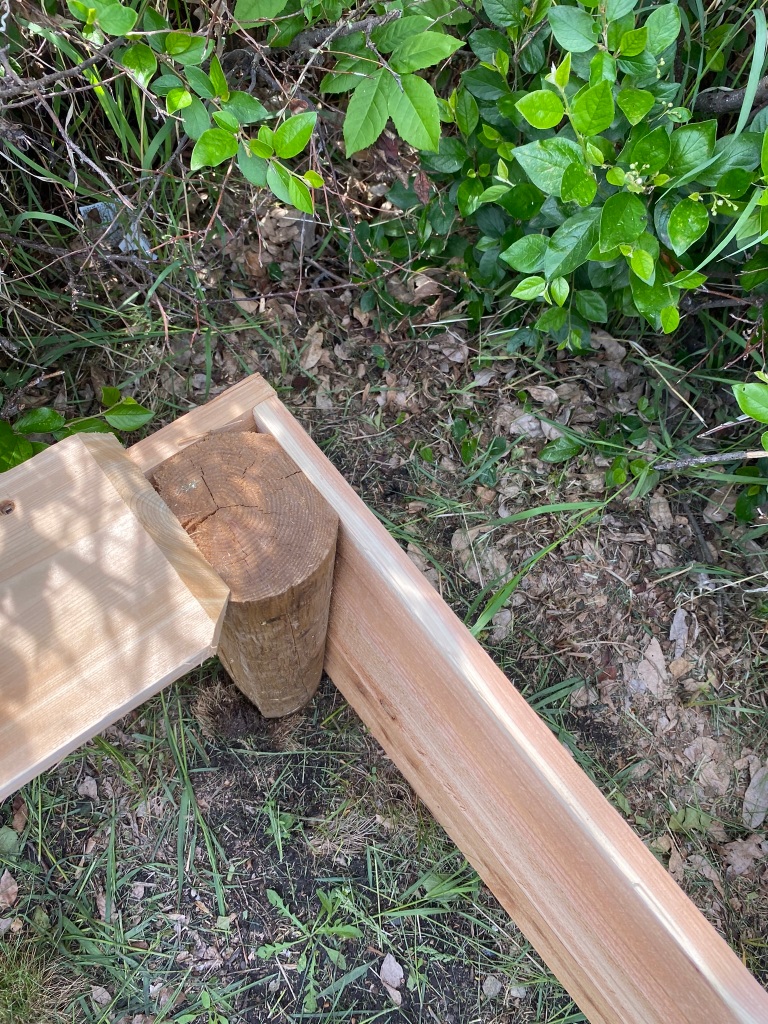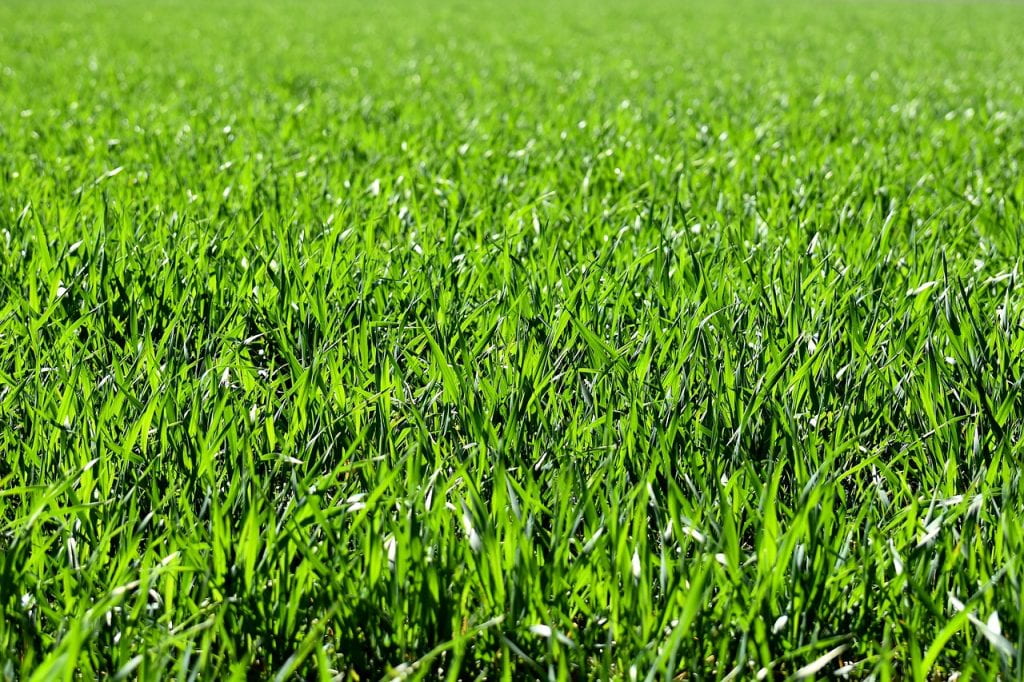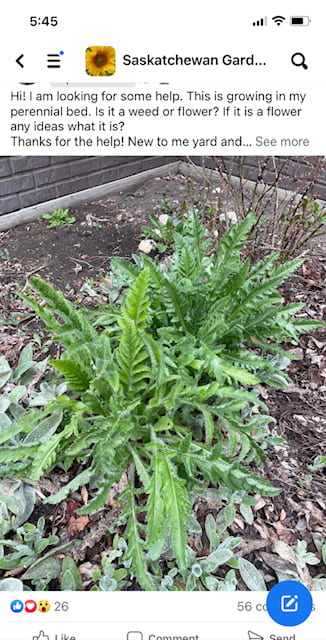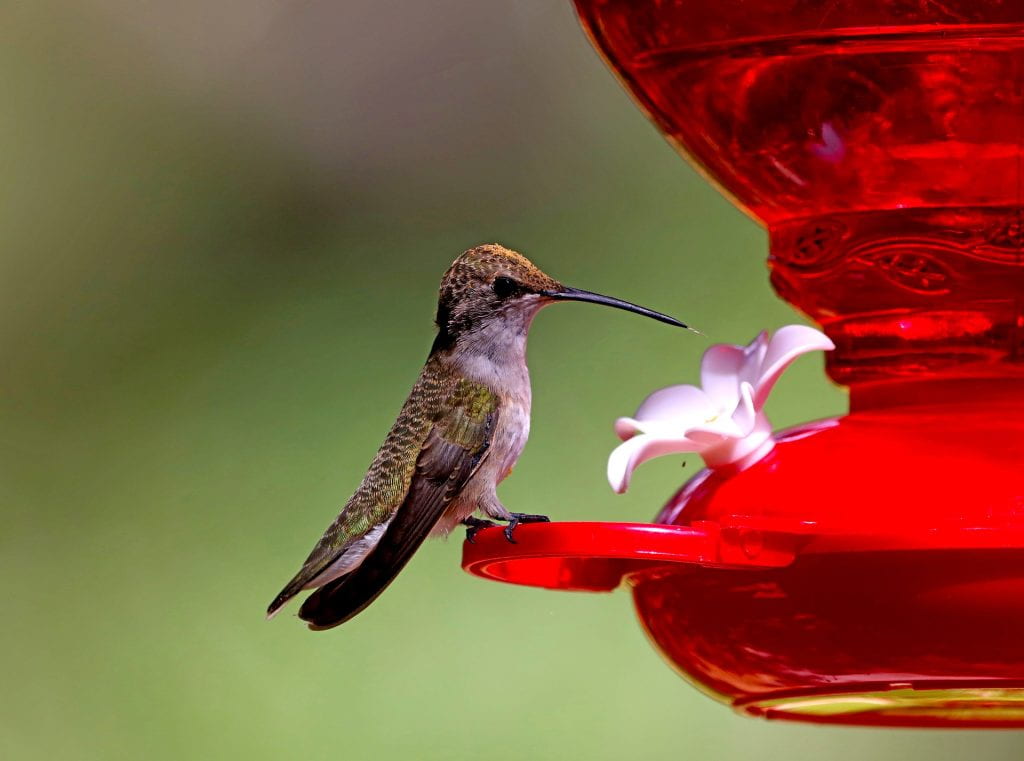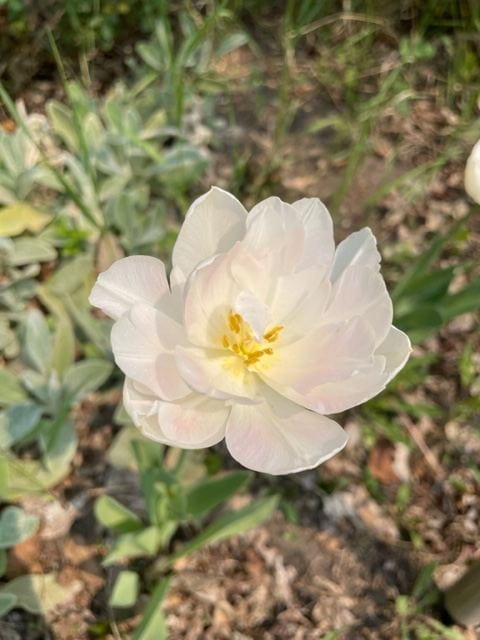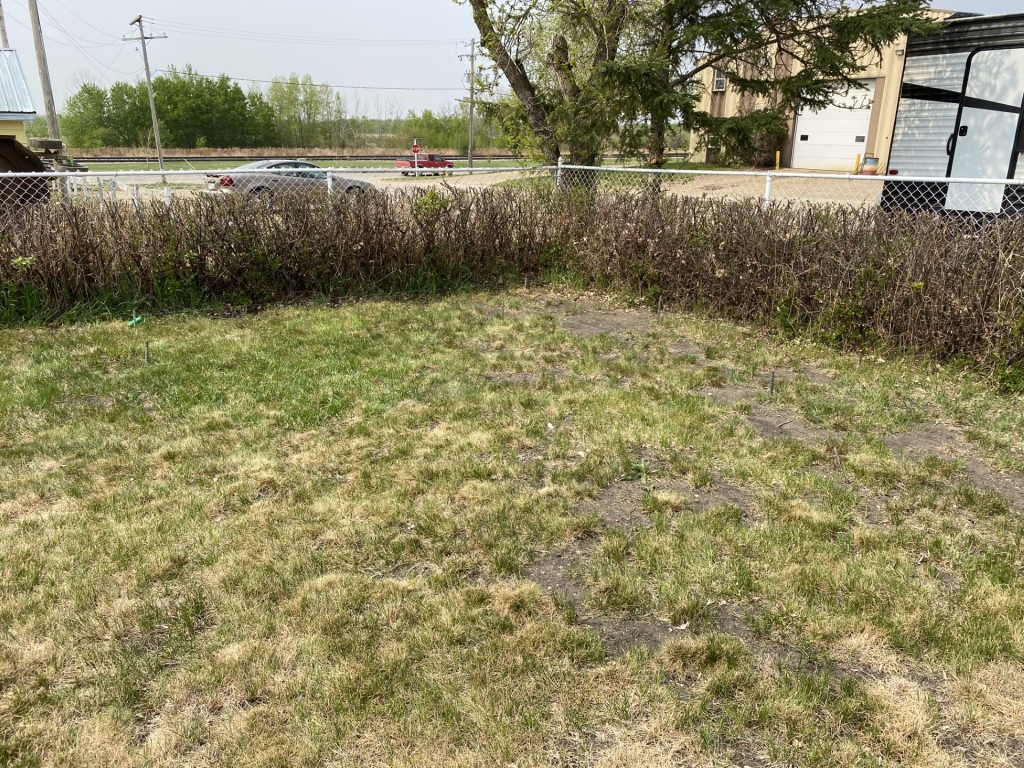
If someone had told me 2 months ago that I would be able to independently use a power saw, I would have thought no way and asked my husband to help me. Fast forward 2 months and I now feel confident using it on my own, especially for straight cuts. However, the process to creating my project is what I am most reflective of in this final post.
As someone who lives in rural Saskatchewan, I am forever grateful that the University of Regina has such a great selection of online classes for me to be able to complete my Masters of Education remotely from the community I live and work in. Online videos and open resources have made it possible for me to learn a new skill online. The videos and articles I read throughout my learning process guided me to gain knowledge of how to use tools, purchase materials, build my raised bed, and fill it with the appropriate soil and plants.
I often seek out information and learning online but have never tried to learn a new skill. Our topic of open education that was shared by guest speaker, Alan Levine really opened my eyes to how learning should be free and accessible to all. All of the information at my fingertips, allowed me to access free content to learn a new skill. However, I know this is because I have privileges that not all people in the world are able to access.

I found many benefits to online learning when completing my project and a few challenges. This chapter in the open access book “Student Success” by Mary Shier shares a great list of the pros and cons of online learning. Here is my reflection of how my learning online went over the course of this term. I prefer to think of them as Strengths and Challenges as I did not see any cons in learning a new skill online just some challenges to be aware of:
Strengths:
- Flexibility of learning-I could spend time researching and building around my work and home schedule
- Accessing information easily-I was able to access a vast amount of information to support my learning using articles, videos and blogs from professionals.
- Choice and Interest-tailoring my interest and allowing me to pick what I wanted to learn about made this project highly engaging and increased my self-motivation to work on it.
- Learning style-I am a visual learner so I appreciated the opportunity to watch videos and spend time working with my husband to complete my projects. I would have had a difficult time if I was only allowed to read articles about the skill I was trying to develop.
- Cost Effective-being able to learn a new skill for free was something I have never pursued. There was no fee to join a class or access a webinar online which I appreciated.
Challenges:
- Limited resources-Something I discovered throughout my project was that although I could access great information online regarding materials and the soil I needed, it was not readily available to me in my rural community. This did add up in costs from my initial plans
- Self-Motivation-I really had to push through and commit to completing this project as a new Principal this Spring.
- Knowledge does not equal Skill-I realized very quickly that although I could read all about how to build a raised garden bed and watch videos to learn new information about the skill I was trying to develop, this did not equal me being able to easily apply my learning ie. using a drill and being able to cut precise angles.
- Revising my learning-I had to be prepared to revise my initial plans and ideas to make it fit better with my environment and personal needs.
As I reflected on my learning process to complete my learning project, all of these strengths and challenges could be easily part of a students’ learning. Learning doesn’t always need to occur within the four walls of the brick building structure known as a “school”. Students can learn in different environments based on their learning needs and interests. This process made me recognize that we would like students to develop new skills but we need to be aware that there will be challenges along the way. I think the most important piece I take from this whole process is that knowledge does not mean you will be skilled in an area. In order to develop a new skill, you need many opportunities to practice and apply the knew knowledge you have gained. Only then will you see the growth and development of learning. This is a critical takeaway that I will be reminded of when asking students to complete independent projects. They will need time to gather their knowledge but I must also make sure they have the opportunity to practice and and apply what they have learned.
In closing, I am grateful that I have tried something new and am developing a new skill. I feel more confident to tackle another project in the future (maybe next summer). I am pledging to no longer be just the board holder/helper but also an active participant in future household projects! My little garden bed is growing and developing just like my own skills this term. I leave you with a final look (and my first Tik Tok) of my raised garden bed project as I added mulch for extra moisture and some solar lights for a little aesthetic appeal.
Thanks for reading!
-Kendra




